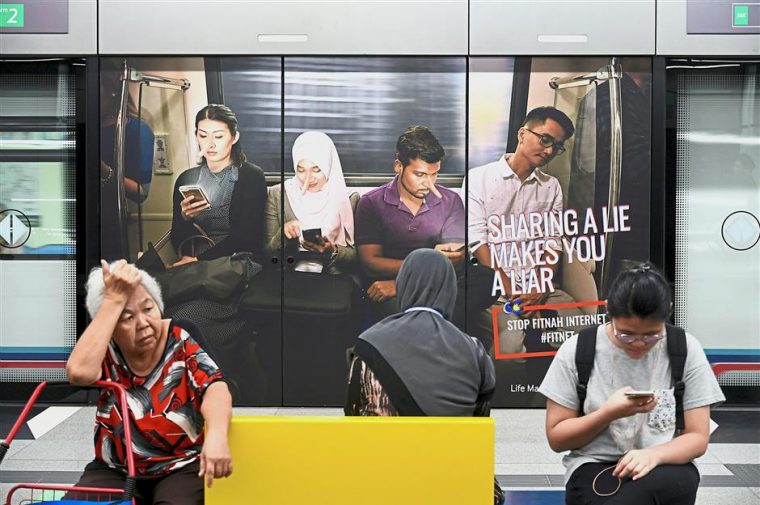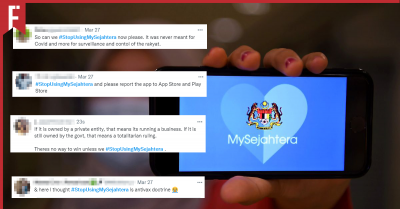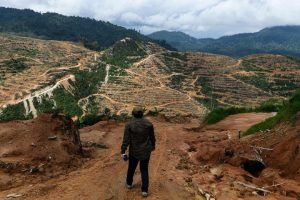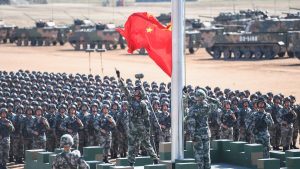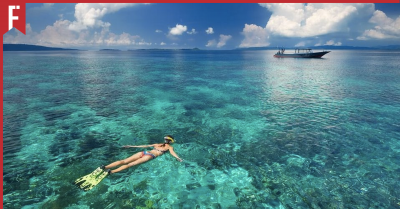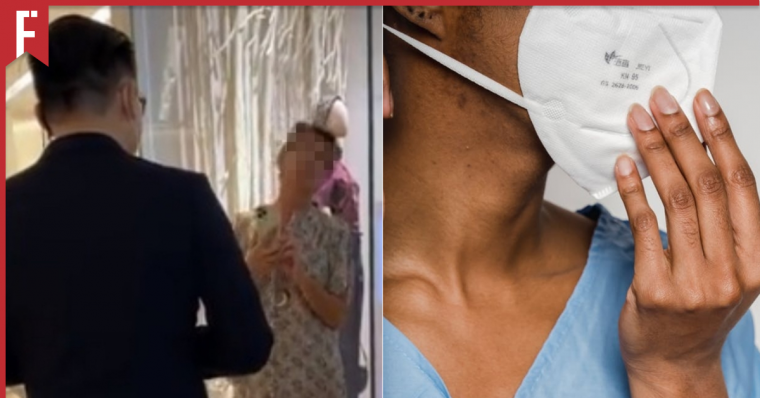
So, I was mindlessly scrolling through Twitter during my lunch break yesterday, as one does, when I came across a video of a woman outside a Dior outlet, making a scene and recording a staff member with her phone.
“Oh, another one of those anti-masker Karen videos from the US,” I thought to myself as I rolled my eyes.
It was only after clicking into the video that I read the caption,
“I was in [queue] at Dior KLCC! No entry for no mask! This lady resisted and said those with masks are communist—” Wait…this is happening in Malaysia too?!
In the video, the woman was demanding to be let into the store despite not adhering to SOPs, angry at the staff for denying her entry into the store.
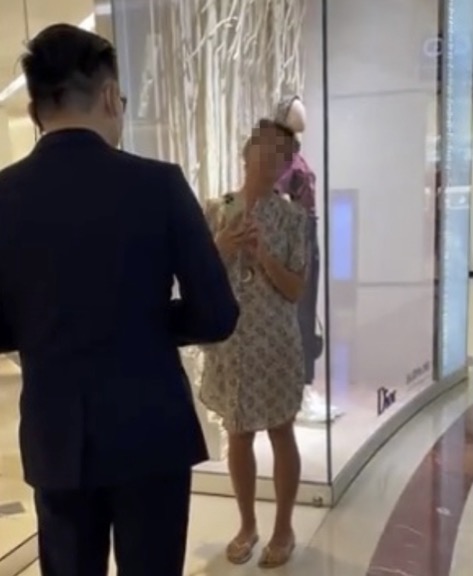
Health Minister Khairy Jamaluddin, who was tagged in the video, tweeted a response to the viral video later that same day, stating that the Ministry of Health was looking into the incident.
Alas, this isn’t even the first time someone’s blatant disregard for masks became the subject of public outcry in Malaysia.
Earlier in August, former Miss Universe Malaysia Samantha Katie James came under fire over an Instagram post, stating that she would only wear a mask to go “undercover around annoying people” and that she would never wear a “diaper” on her face.
It would be remiss of me if I didn’t mention the infamous ‘Nasi Lemak Stall Guy’, who was recorded threatening violence towards another customer for asking him where his mask was. The man was later charged for failing to wear a face mask in public.
Sigh.
As hard as it is for some people to believe, a piece of cloth on your face is not ‘infringing on your freedom’. Masks help protect you and those around you from a virus that has killed over 4 million people across the world (as of 28 October).
It’s not like we haven’t worn masks before COVID-19 either, so why has this seemingly small act of wearing a mask suddenly become so politicised and controversial?
Initial reactions count
So, how did this all start? Well, one factor we can look into is how different regions responded to the pandemic when COVID-19 first reared its head last year.
Malaysia’s initial response to COVID-19 was relatively immediate. A nationwide MCO was imposed shortly after the WHO declared a global pandemic in March 2020, and it happened shortly after the events of a political crisis that began just a month prior.
Responses to political events were varied, but there was a general consensus across all sides that COVID-19 should be taken seriously from the get-go. Thus, the general Malaysian public, regardless of their political views, were largely cooperative in curbing the spread of the virus and adhered to SOPs.
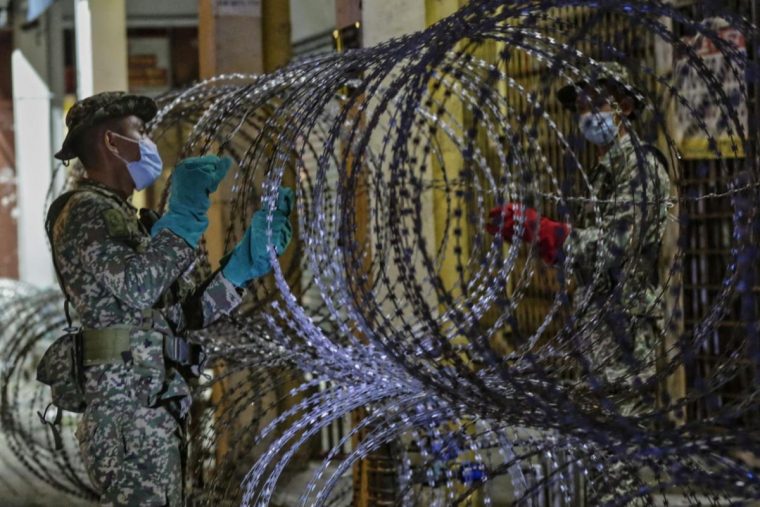
Initial responses in parts of the Western world, however, paint a different picture. In the United States, conservative politicians expressed apprehension and downplayed the severity of the virus when the outbreak first began in early 2020.
Take, for example, then-US president Donald Trump, who previously stated that the virus would just “disappear” one day and that he would not be wearing a mask (but would wear one when necessary), even going as far as to ridicule his Democratic contender (and current US President), Joe Biden, for wearing one.
UK Premier Boris Johnson and his administration also imposed a delayed response to the COVID-19 outbreak, choosing instead to emphasise herd immunity as a strategy to tackle its spread.
On the other side of the coin, liberal politicians in the West were more cautious towards the outbreak, advising the public to “follow the science” and practise social distancing. So, there was already a split in reactions to the pandemic, and it was largely based on political alignments.
Now, back to Malaysia — have these views also been reflected in our neck of the woods?
While smaller in numbers, anti-vax and anti-mask sentiments are also present on this side of the globe, with the presence of various online groups spreading misinformation, using what they claim to be reliable sources (some, even from right-wing groups and media outlets) to reinforce their stance that masks are useless, vaccines are dangerous, and even going as far as to bribe doctors for fake vaccination certificates.
Aside from Samantha Katy and KLCC Karen (as I’ve so fondly nicknamed her), there have been reports of anti-mask groups present on our shores, but they represent a minority of Malaysians.
So, what are the facts?
Okay, controversial opinion: masks work (this is an opinion piece, after all).
Masks have been used in curbing the spread of diseases throughout history. For example, during the Bubonic Plague that swept most of Europe and parts of Asia in the 1300s, doctors wore beak-shaped masks when tending to those infected with the virus.
In Malaysia and many other parts of the world, we’ve also worn masks to protect ourselves from pollution and whenever we’re down with the flu so we don’t pass it on to anyone else. The only difference now is that it is legally enforced because of how fast this new virus (that none of us were vaccinated against at the time) spreads.
Studies have shown that masks help in two ways — they prevent infected people from spreading the virus by filtering it out of their breath when they exhale, and they also protect uninfected wearers from catching the virus.
The most commonly used face masks are;
1. Surgical masks
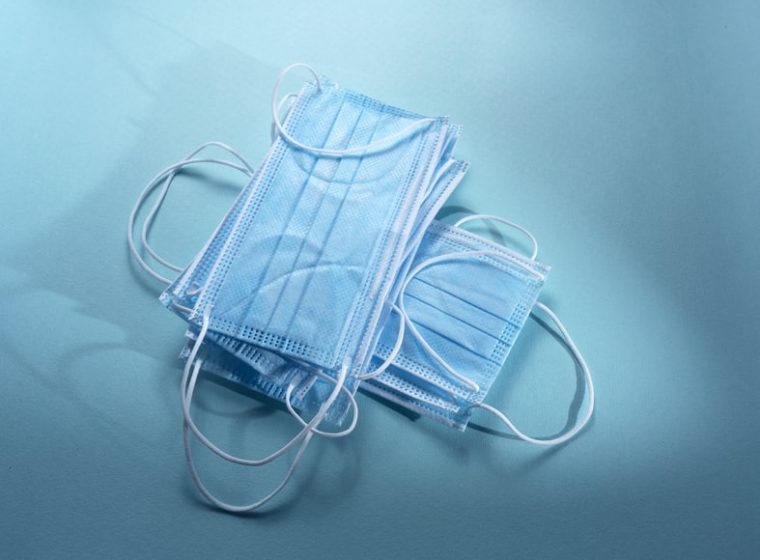
These masks filter out large particles in the air, making sure you don’t breathe in any germs. According to the Centre for Disease Control (CDC), it is advised to twist or knot the earloops before wearing them so they can better fit your face.
2. N95 and KN95 masks
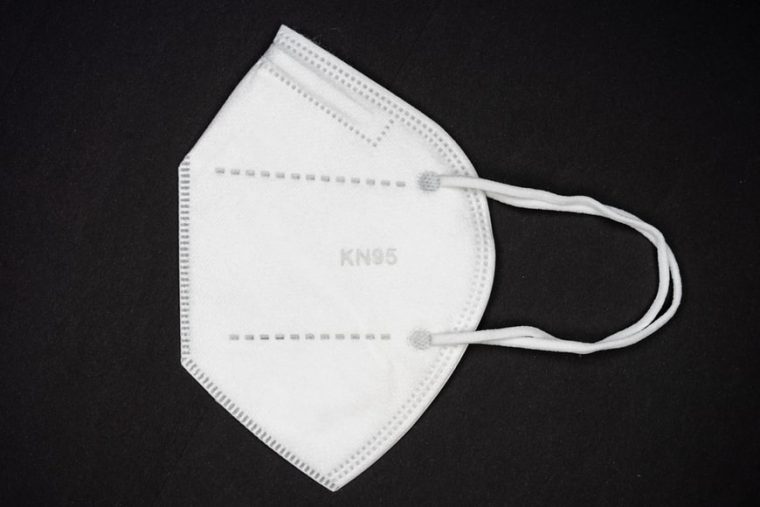
N95 masks are more protective than surgical masks because they filter out large and smaller particles. They are typically worn by frontliners who are more frequently and directly exposed to COVID-19.
According to the Mayo Clinic, some versions of this mask have valves on the side to make breathing a little easier, but they do not filter the air you breathe out, which may pose a risk to others around you in the event the wearer has the virus.
3. KF94 masks
Like N95 masks, these masks are made of a dense fibre that can filter out both small and large particles and are also used by frontliners.
4. Cloth masks
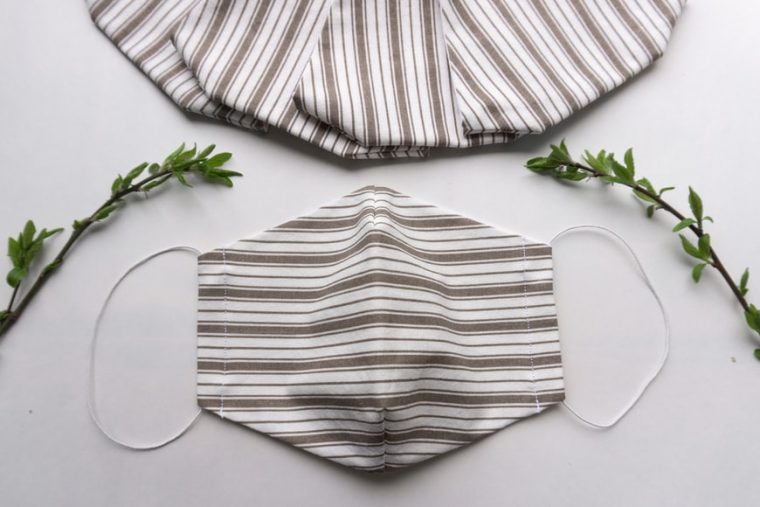
Cloth masks also create a barrier that protects wearers from inhaling droplets. With these masks, the more layers, the better.
The CDC and Malaysia’s Ministry of Health have advised to use cloth masks for double masking by wearing them on top of a surgical mask to provide more protection, especially if your cloth mask does not have many layers.
To many of us, these facts are from pretty reliable sources, correct?
The problem is, I could cite all the evidence I can find to prove that masks are necessary to prevent the spread of a deadly virus, but anti-maskers are likely to stick to their beliefs, even if the facts seem hard to ignore.
Sticking to your values
Despite the mountains of evidence showing the effectiveness of masks, why do some people still refuse to wear them, citing political reasons and arguments of personal freedom instead?
It’s finally time to put my Psychology degree to use, y’all.
In the field of social psychology, one phenomenon that comes to mind is the Group Polarisation Effect (also known as the Attitude Polarisation Effect). This refers to how people tend to stick more strongly to their initial opinions after discussing them with people that hold a different stance towards the same issue.
This is one of the effects of a phenomenon known as confirmation bias, which occurs when people search for and interpret facts in ways that support their own opinions and values. For example, while some of us view the WHO and CDC as reliable sources, others do not. It is thought that we are all driven to align our values (political and otherwise) with our personal identity.
So, if we identify as liberal, we are motivated to process information that is in line with what liberals believe, hence the existence of social media bubbles and echo chambers.
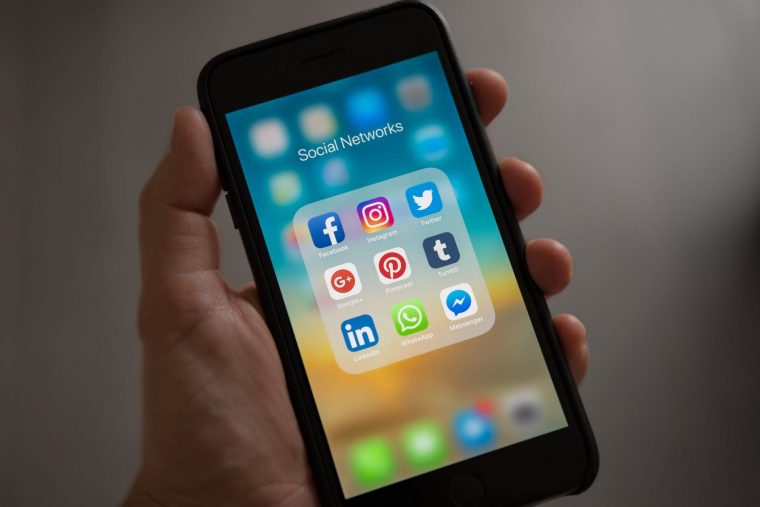
When any new piece of information pertaining to curbing the spread of COVID-19 surfaces, it becomes very hard for us to reason with people on the side that doesn’t take the pandemic seriously, because they are just as motivated to maintain their stance as we are.
So, what is the point if anti-maskers and anti-vaxxers do not trust any of the sources we cite, and view every piece of research we put forward as “just an opinion” or the result of brainwashing when we see them as cold-hard facts?
Pening lah.
How do we stop misinformation from spreading?
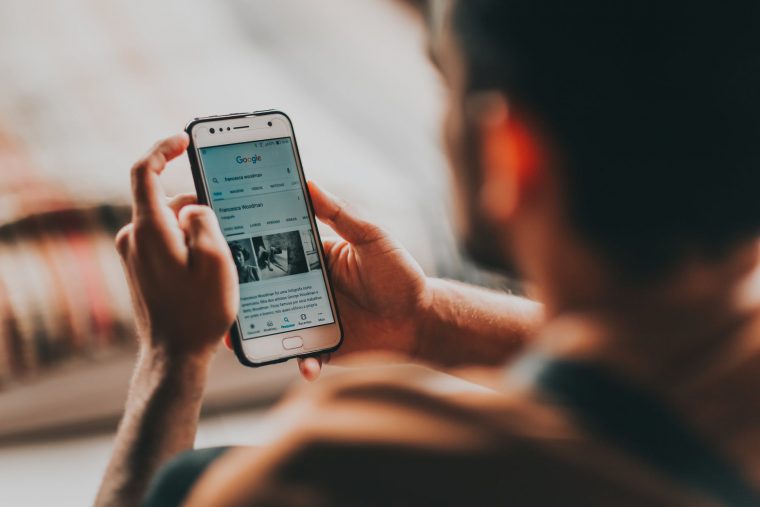
In a world where so much information is available at our fingertips, it’s hard for a lot of us to discern the quality and reliability of the information we see on our social media feeds.
Well, ideally, I think if influential figures across the political divide really took the time to understand the science and communicate the importance of wearing masks to their respective audiences, maybe more people, regardless of their political views, will begin to see why such a simple act is essential to curbing the spread of the virus.
The fact of the matter is, wearing a mask (or “diapers”, as Samantha Katy fondly calls them) does not infringe upon your freedom and sense of autonomy.
If you happen to be against wearing masks for that particular reason, perhaps ask yourself the following questions — ”Can I still breathe through a mask?”, “Am I still able to function and carry out my daily tasks with a mask on?”
Much to think about.
If you’re looking for ways to prevent misinformation from spreading, check out the article below:
Uncles and Aunties: Please Stop Sending Us Fake News
